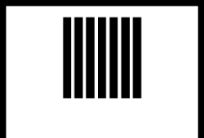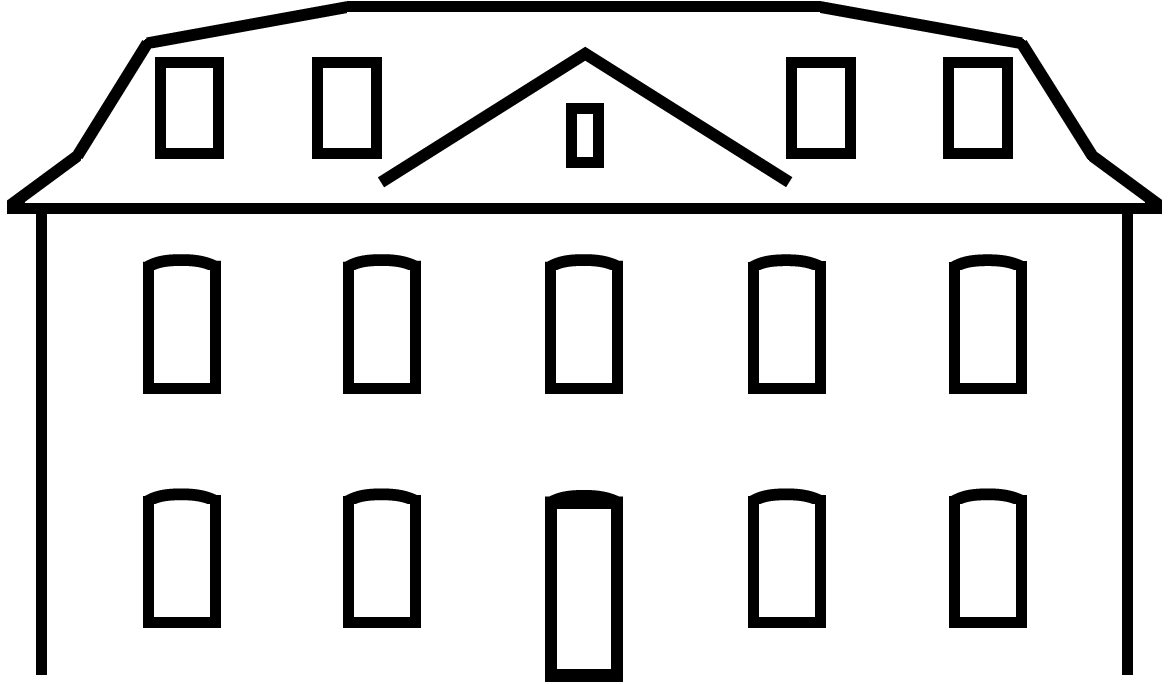Artist group »junger westen« and Informel

The history of the Kunsthalle Recklinghausen is closely interwoven with the artists' group junger westen. When the Second World War ended, Recklinghausen was also faced with a completely new beginning for all exhibition and collection activities. The town's Vestisches Museum and its local history collections had fallen victim to an air raid in 1944 and the small collection of modern art had already been deported and destroyed by the Nazi regime seven years earlier as ‘degenerate’. But as early as 1947, Franz Große-Perdekamp, who later became the director of the Kunsthalle, invited artists from the Rhineland-Westphalia region to exhibitions and encouraged them to form a group. One year later, the artists' group junger westen was formed around the painters Gustav Deppe, Thomas Grochowiak and Emil Schumacher, Heinrich Siepmann, Hans Werdehausen and the sculptor Ernst Hermanns, whose increasingly abstract visual language gave contemporary expression to the attitude to life in the industrial region on the Rhine and Ruhr.
Also in 1948, the city of Recklinghausen donated the art prize junger westen, which was initially awarded for the best achievements at the annual exhibitions of the group and its guests and has been open to the public since 1956. The prizewinners include Karl Otto Götz, Emil Schumacher and HAP Grieshaber, Horst Antes and Gerhard Richter, Ansgar Nierhoff, Matthias Mansen, Stefan Kern and Peter Piller. If the kaleidoscope of names of all the prizewinners resembles a brief history of German art from 1945 to the present day, the works purchased by them form a focal point of the Städtische Kunsthalle's collection. Another focal point is German Art Informel and a concentrated collection of kinetic objects.
At the beginning of 1949, the plan to ‘convert the high-rise bunker at the main railway station for exhibition purposes’ was approved by the city's committees after Franz Große-Perdekamp and Thomas Grochowiak had campaigned in favour of this unusual but highly symbolic idea. The idea was prompted not least by the idea of expanding the Ruhr Festival, founded in 1947, to include art exhibitions. Initially intended as a temporary solution for a larger venue as prosperity increased, the former bunker still houses the municipal exhibition centre today. Initially intended to open with a show of the young west, scheduling problems thwarted this plan. As a result, the first - spectacular - art exhibition of the Ruhr Festival took place from 21 June to 30 July 1950, five years after the end of the war: German and French Contemporary Art - An Encounter. It presented artists of the pre-war generation such as Beckmann, Dix and Nolde on the German side, Chagall, Matisse and Picasso on the French side, as well as representatives of the younger French generation such as Hans Hartung and Pierre Soulages. The young west entered the international limelight with its participation and showed works by HAP Grieshaber, Georg Meistermann and Emil Schumacher, among others.
Looking back, it is clear that the junge westen gave important impetus to German art after 1945 and with it Recklinghausen became a central exhibition venue for artists working in West Germany. The genesis of the group of artists and their exploration of abstraction made it a nucleus of German Art Informel and turned the Städtische Kunsthalle into a focal point of contemporary art.
Please read our brochure Kunst der 1950er Jahre in der Sammlung der Kunsthalle (pdf).
Informationen
| Regular | 5 € |
| Reduced* | 2,50 € |
| Children under 14 | free |
| Saturday | Pay-what-you-want |
| Kunsthalle Recklinghausen |
| Große-Perdekamp-Straße 25–27 |
| 45657 Recklinghausen |
| Tel: +49(0)2361-50-1935 |
| Fax: +49(0)2361-50-1932 |
| Mail: info@kunst-re.de |

